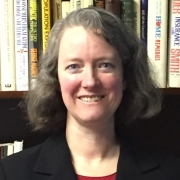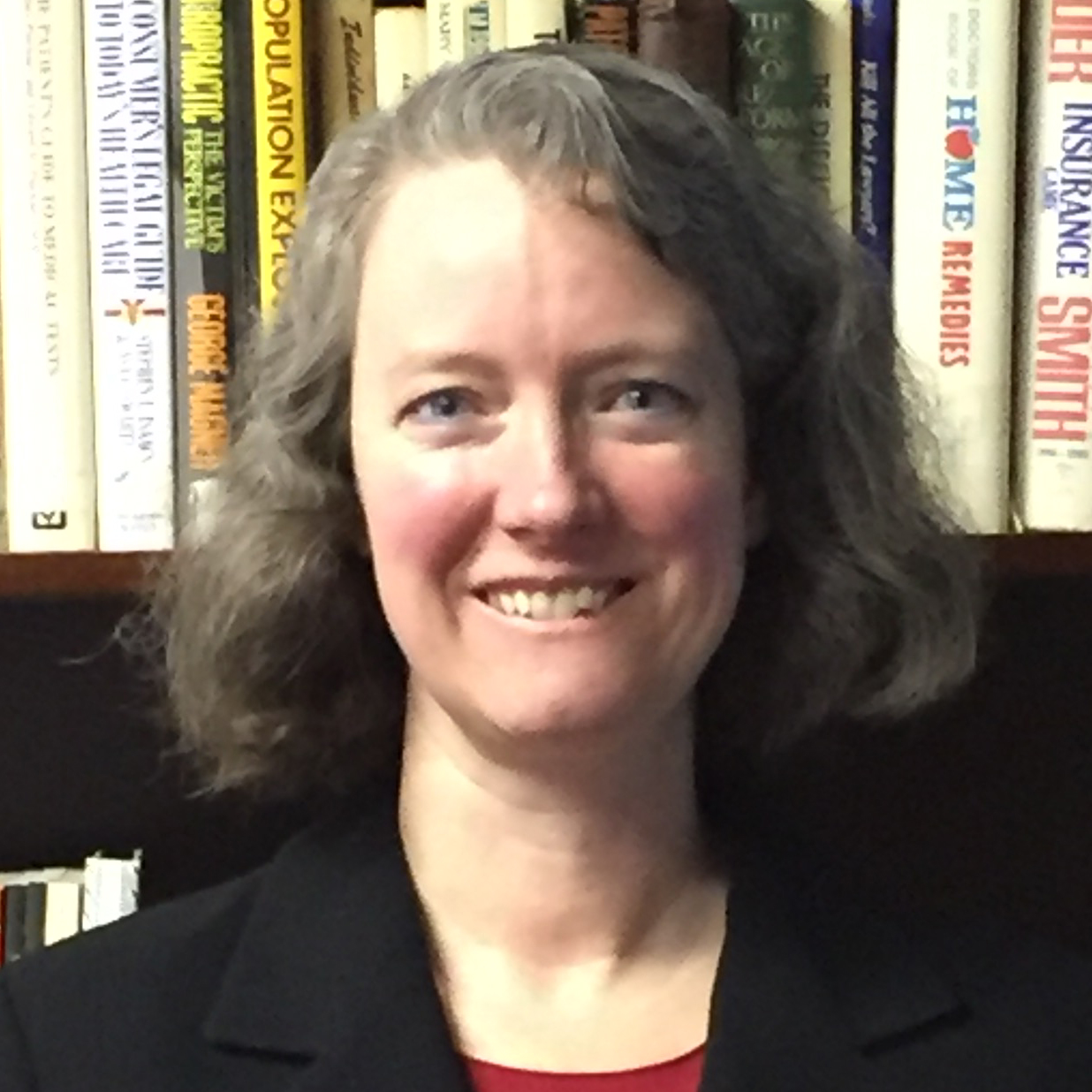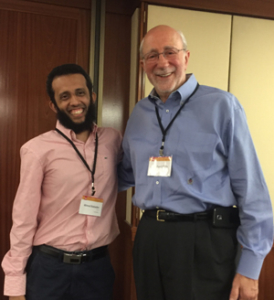Food waste – National Consumers League
 I spend a lot of time thinking about food waste and it’s lasting effects on our environment and our communities. While this may be a natural outcome of working on these issues for NCL, I don’t think it will be long before the average consumer also has this topic on the brain on a daily basis.The Harvard Food Law and Policy Clinic, in partnership with the US Environmental Protection Agency (EPA), the Massachusetts Department of Environmental Protection, and Massachusetts RecyclingWorks, coordinated Reduce and Recover: Save Food for the People, a two-day event focused on reducing food waste and preventing food loss on June 28-29. Advocates who gathered ranged from environmentalists, anti-hunger advocates, college activists, foundations, government officials, social entrepreneurs, and in NCL’s case, consumer advocates. Industry was also there in force. A central topic of discussion was, “how do we elevate the food waste movement beyond food and environmental spaces and into the conscious of everyday Americans?”
I spend a lot of time thinking about food waste and it’s lasting effects on our environment and our communities. While this may be a natural outcome of working on these issues for NCL, I don’t think it will be long before the average consumer also has this topic on the brain on a daily basis.The Harvard Food Law and Policy Clinic, in partnership with the US Environmental Protection Agency (EPA), the Massachusetts Department of Environmental Protection, and Massachusetts RecyclingWorks, coordinated Reduce and Recover: Save Food for the People, a two-day event focused on reducing food waste and preventing food loss on June 28-29. Advocates who gathered ranged from environmentalists, anti-hunger advocates, college activists, foundations, government officials, social entrepreneurs, and in NCL’s case, consumer advocates. Industry was also there in force. A central topic of discussion was, “how do we elevate the food waste movement beyond food and environmental spaces and into the conscious of everyday Americans?”
We are often so immersed in the issues we care about that it can be hard to gauge how the general public perceives the issue. Closing this gap between movers and shakers and everyone else is key to creating lasting change.
Consumer food waste ranks as one of the top sources of food loss in this country. Americans are throwing out $165 billion worth of food, yet studies show that 73 percent of consumers think they waste less than the average person. Clearly there is a disconnect, and consumers are contributing to the problem more than they think.
The multifaceted attendees–including industry trade associations like the Grocery Manufacturers of America, the Food Marketing Institute, the National Restaurant Association, and Sodexo, all seemed to agree that consumers are mostly operating with good intentions when they overbuy and then throw out food. Whether they are throwing a party and don’t want anyone to go hungry or just shopping for fresh produce for their families, consumers mean well. But these behavioral patterns are creating literally tons of waste. Leaders in the food waste movement are now moving focus from naming the problem to employing strategies to change consumer behavior.
Here are some strategies that emerged from the conference:
First, consumers have to be aware that food waste is a serious problem with economic, moral, and environmental ramifications. A clear understanding of the issue will at least prompt consumers to think about their buying decisions as they shop, eat, and dispose of their food. Media campaigns help create awareness about societal issues and consequently shifting behavioral norms.
Think of the great slogans from previous Ad Council campaigns: “Every Litter Bit Hurts,” “A Mind is a Terrible Thing to Waste,” “Only You can Prevent Forest Fires,” “Friends Don’t Let Friends Drive Drunk,” and “Click It or Ticket.” All of us know them and they’ve really help to change behaviors on a societal level. Look at the progress we’ve made on seatbelt usage: In 1982, only 11 percent of drivers and front seat passengers wore seatbelts; Today, 87 percent of drivers and passengers wear seatbelts and hundreds of thousands of lives have been saved as a result. The Ad Council’s new “Save the Food” campaign hopes to raise consumer awareness and change behavior.
Then, there is the issue of date labels on food. Adam Rein from ReFED explained, “100 percent of people experience confusion around date labels.” Date labeling on food packaging are all over the map and leads to consumer waste. They are actually a manufacturer suggestion for a product’s peak freshness, and are in no way connected to food safety. Millions of pounds of food are thrown out each day because of our current hodge-podge date labeling system. To the rescue is a bill introduced in the House and Senate entitled the Food Date Labeling Act, which standardizes date labeling, leading to less unnecessary tossing out of perfectly edible food.
At NCL, we believe the pledge by federal agencies to reduce food waste should be a starting point for the federal government getting their own house in order and serving as an example to the nation on how to reduce food loss. The federal government is the largest consumer of energy, with a footprint that includes 360,000 buildings and $445 billion spent annually on goods and services. Federal facilities could potentially save the nation billions of dollars and perhaps even surpass the national goal to cut food waste in half by 2030. NCL plans to ask President Obama to issue an executive order directing federal agencies to develop food waste reduction policies across the agencies as a standard practice in all federal facilities.
As for the consumer, awareness is the first step to changing behavior. Infrastructure to support consumers, such as legislative changes and support from federal agencies, must be in place to sustain lasting behaviors. Large food corporations like Campbell’s Soup Company, Sodexo, Nestle, and others are beginning to implement food waste reduction strategies throughout their supply chain. Many companies are also supporting legislative changes, like the Food Date Labeling Act, which will reduce the likelihood that consumers will toss out perfectly good food because they are confused by a date label.
The Reduce and Recover conference brought together many of the groups that are going to drive the campaign to reduce food waste in America by 50 percent by 2030. The event followed NCL’s May 11 Food Waste Summit, co-hosted by Keystone Policy Center, which focused on the consumers role in the issue of food waste. It was clear from last week’s conference at Harvard Law School that we have a growing and broad based movement to get a handle on food waste.
From a consumer perspective, if we voice concerns and ask companies to help reduce food waste, we believe that will have an impact on industry. The environmental, moral, and societal imperatives are enormous. They demand that we work overtime to meet America’s stated goal of reducing food waste by 50 percent by 2030.


 The National Consumers League (NCL) has long been committed to fighting for vaccines and advocating for their widespread use. We are grateful to the American Society of Clinical Oncology (ASCO) for its efforts to educate the public and healthcare providers–especially pediatricians–about the important role the human papillomavirus (HPV) vaccine plays in preventing cervical and other cancers.
The National Consumers League (NCL) has long been committed to fighting for vaccines and advocating for their widespread use. We are grateful to the American Society of Clinical Oncology (ASCO) for its efforts to educate the public and healthcare providers–especially pediatricians–about the important role the human papillomavirus (HPV) vaccine plays in preventing cervical and other cancers. 














